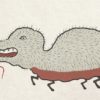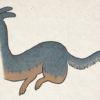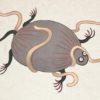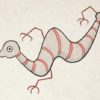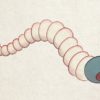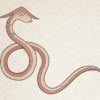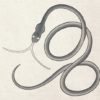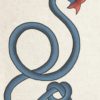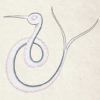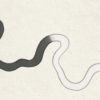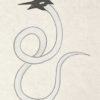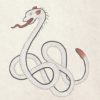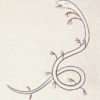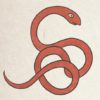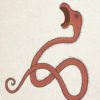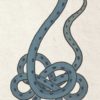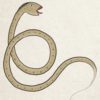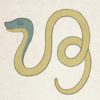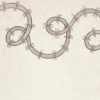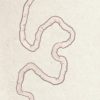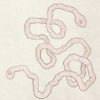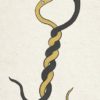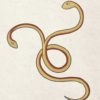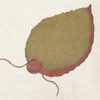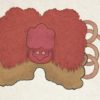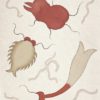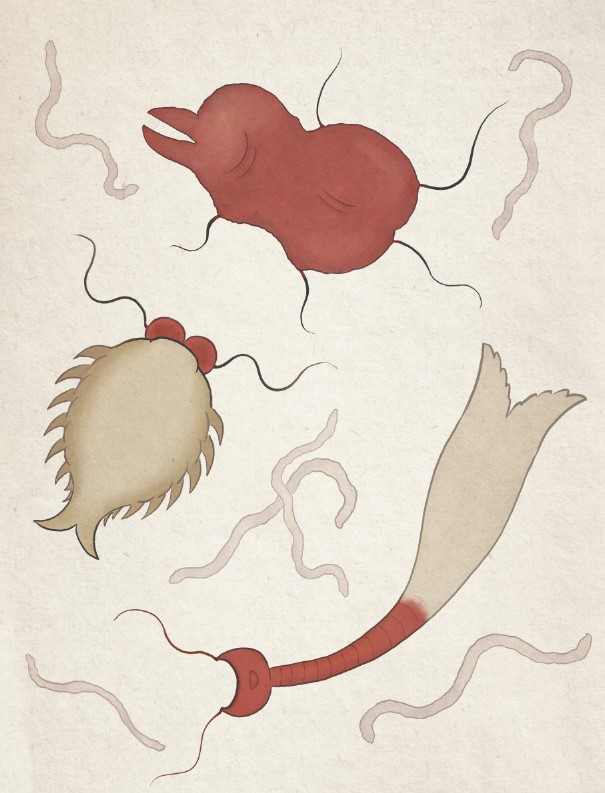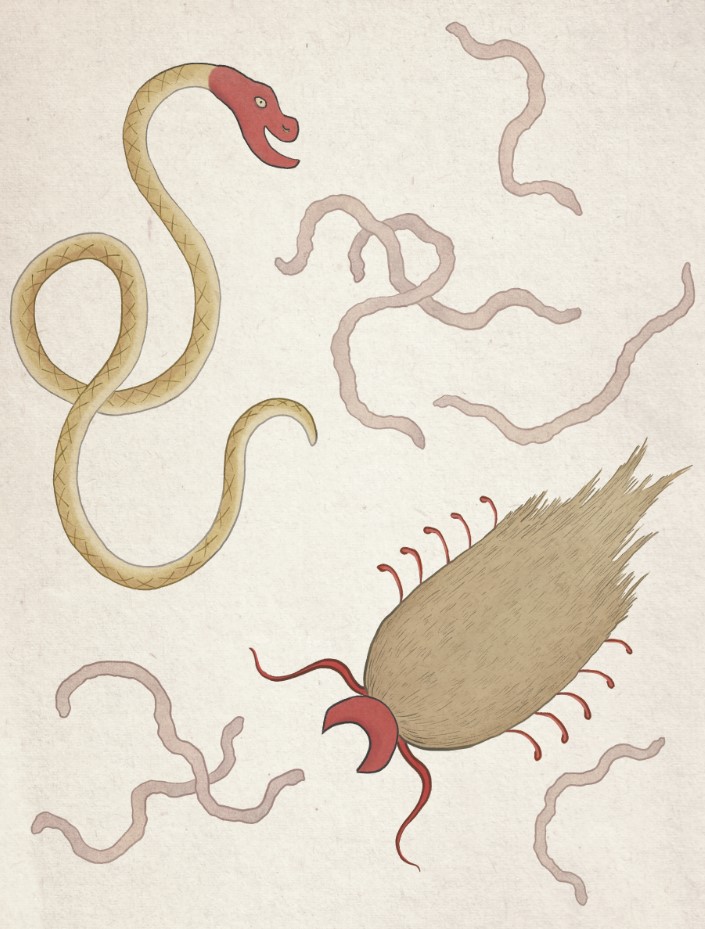Thanks for reading A-Yokai-A-Day, Pandemic Edition. 2020 has been a rough year, but at least we live in an age where we know more about diseases and cures than ever before. Let’s be glad we are not treating COVID-19 with magic, needles, and herbs.
These days, most people don’t believe in yokai worms like we’ve looked at this month. However, the idea lives on in every day Japanese. For instance, children who cry or have bad tempers for no apparent reason are said to be infected with “kan no mushi.” And fits of anger or irritability are still called “kanshaku.” And while the ideas seem archaic, there are plenty of people alive today who received charms, blessings, or even acupuncture or moxibustion when they were children in order to exorcise evil mushi. The past is not as far gone as we think!
Here is a line up of all of the infectious yokai parasites we looked at this month:
Thanks for reading! And thanks to everyone who participated in #ayokaiaday on social media too. It was great fun to see everyone’s renditions of various yokai.
If you enjoyed A-Yokai-A-Day and want to keep getting yokai all year round, become a patron and support my work! Visit patreon.com/osarusan.

